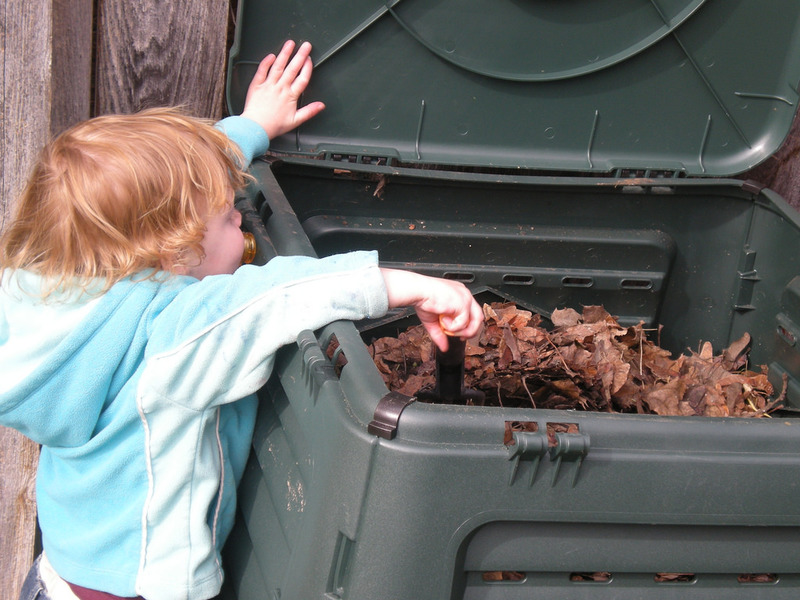How to make compost
 Composting can be carried out all year, but late summer to early winter is the peak time. There are two approaches - hot composting if you want to produce compost as quickly as possible or cool composting if you are not in a rush. Or you may choose to use a mixture of both approaches.
Composting can be carried out all year, but late summer to early winter is the peak time. There are two approaches - hot composting if you want to produce compost as quickly as possible or cool composting if you are not in a rush. Or you may choose to use a mixture of both approaches.
Hot Composting
1. Gather enough material to fill the compost bin in one go. Mix the material several times before adding it to the bin, ensuring you have a good balance of green and brown matter and that it is chopped into small pieces.
2. Fill your bin with the material, sprinkling with water as you go to keep it moist. It should be as moist as a wrung-out sponge.
3. It’s a good idea to add in a shovelful of already made compost or soil - full of micro-organisms to start the composting process quickly.
4. In a few days your pile is likely to be hot to the touch - in optimal conditions it can heat up to temperatures in the range of 50-65C and you may see steam rising from the pile as you turn it or dig into it.
5. As soon as the centre starts to cool (about a week later), mix the contents of your pile thoroughly, making sure you move material from the centre to the outside. This introduces oxygen to the pile and will heat it back up again. You can use a garden fork or shovel or you may choose to buy a compost aerator which will make turning your pile easier (especially when it’s in a commercially made bin).
6. After this turn your pile every 4-5 days or when the temperature drops. Add water if it is drying out.
7. You will know it is ready when it turns into a crumbly, dark material that looks like thick moist soil and gives off an earthy, fresh smell. This method needs considerable effort but you will be rewarded with excellentt compost within several weeks to several months.
For more detailed instructions on hot composting see:
https://www.permaculture.co.uk/readers-solutions/how-make-hot-compost
Cool Composting
1. Start to fill your bin - try to make a layer of at least 30cm to start with.
2. Continue to add green and brown material by regularly emptying your kitchen caddy and garden waste into your compost bin.
3. Try to mix/turn the contents of your bin every few weeks. This adds air which encourages aerobic bacteria and speeds up the rate of decomposition, so the more often you turn it the quicker the compost will be ready to use. Turning your pile also gives you the opportunity to assess the moisture levels.
4. When the compost is ready to use there will be a dark brown, almost black soil-like layer at the bottom of your bin.
5. This method needs far less effort than hot composting and it is the one most people use. It can take a year or so to produce compost, depending on the material you add and how often you turn it. Your compost pile may never heat up, but the end result can be just as good.
Read More: Troubleshooting